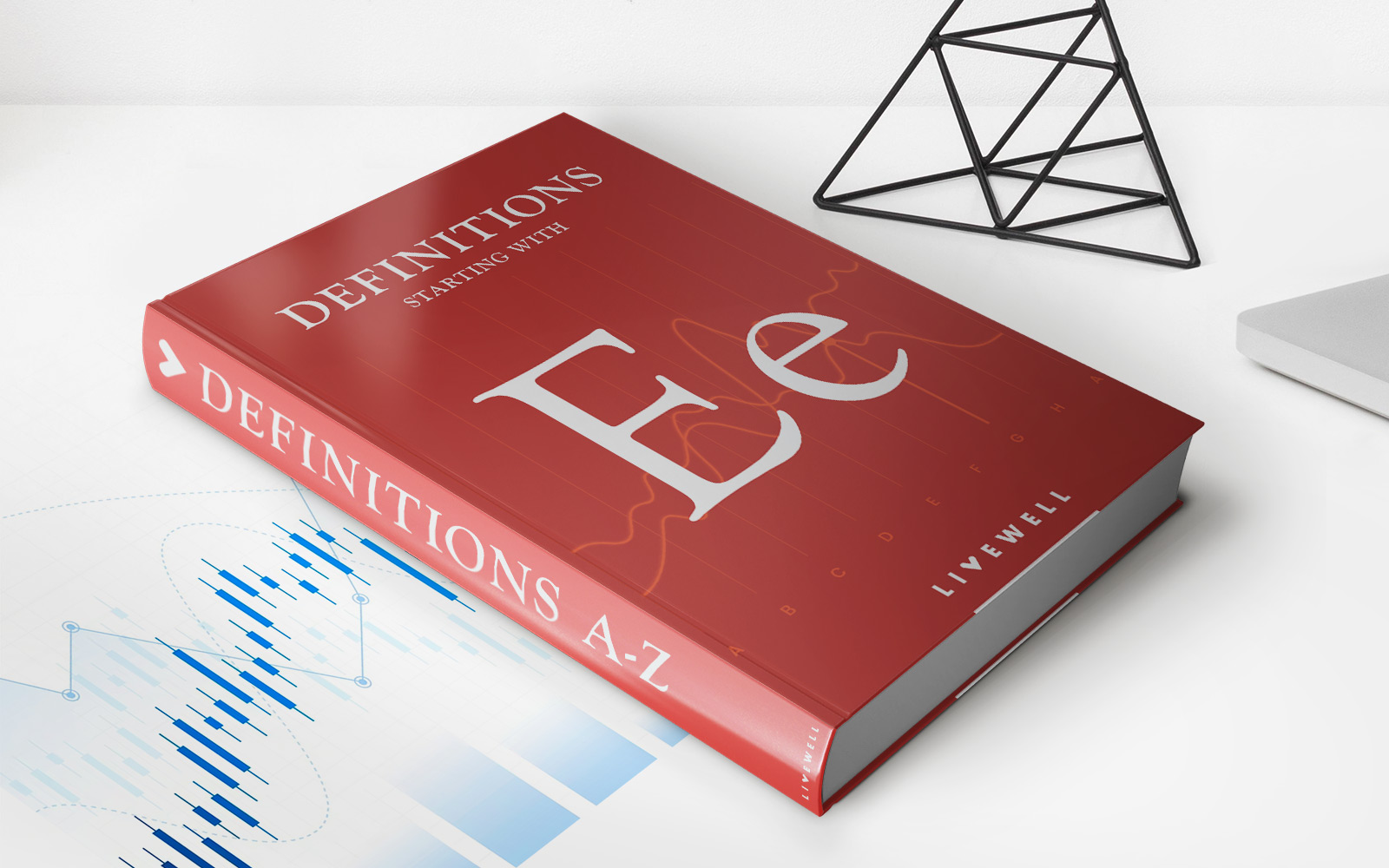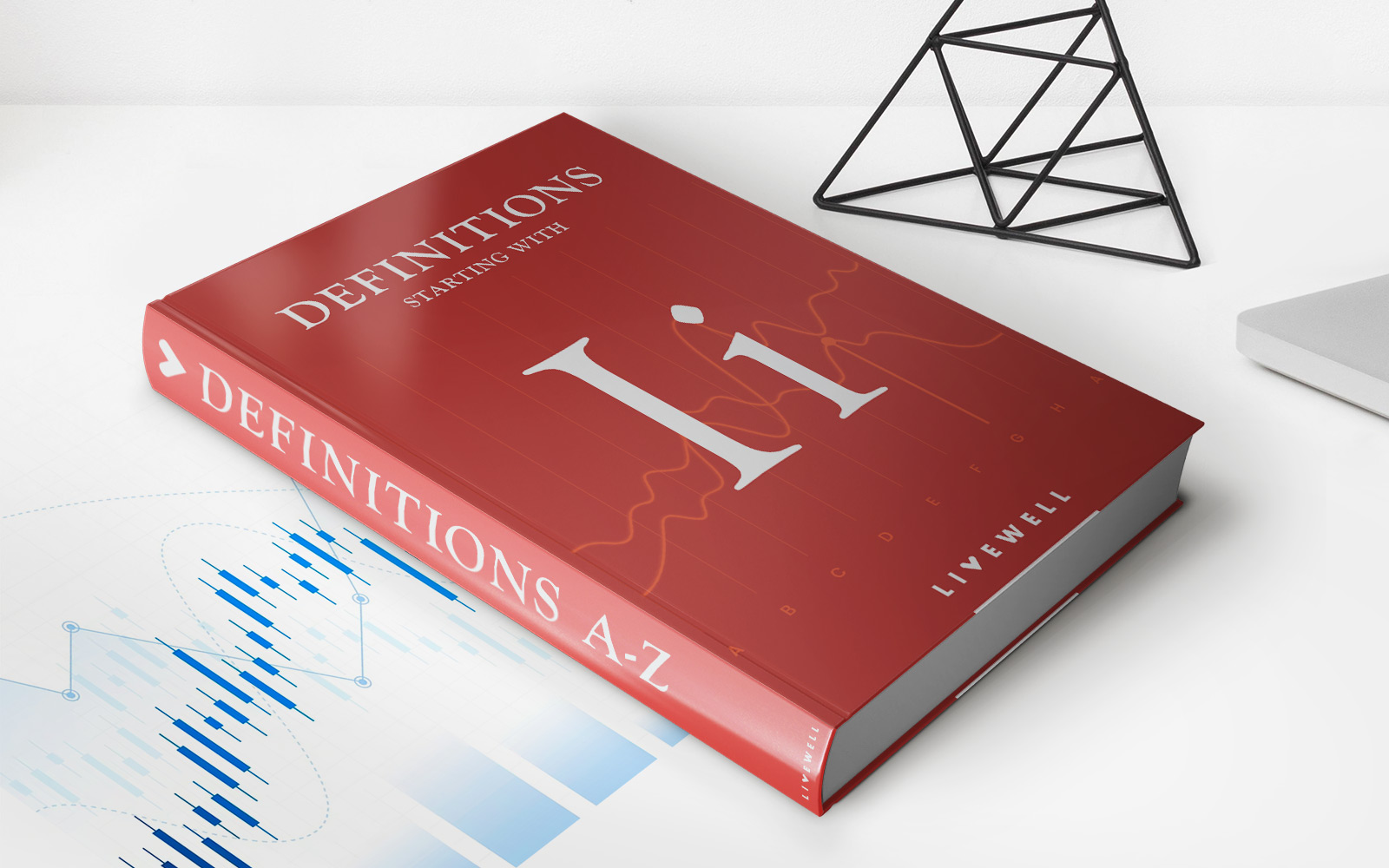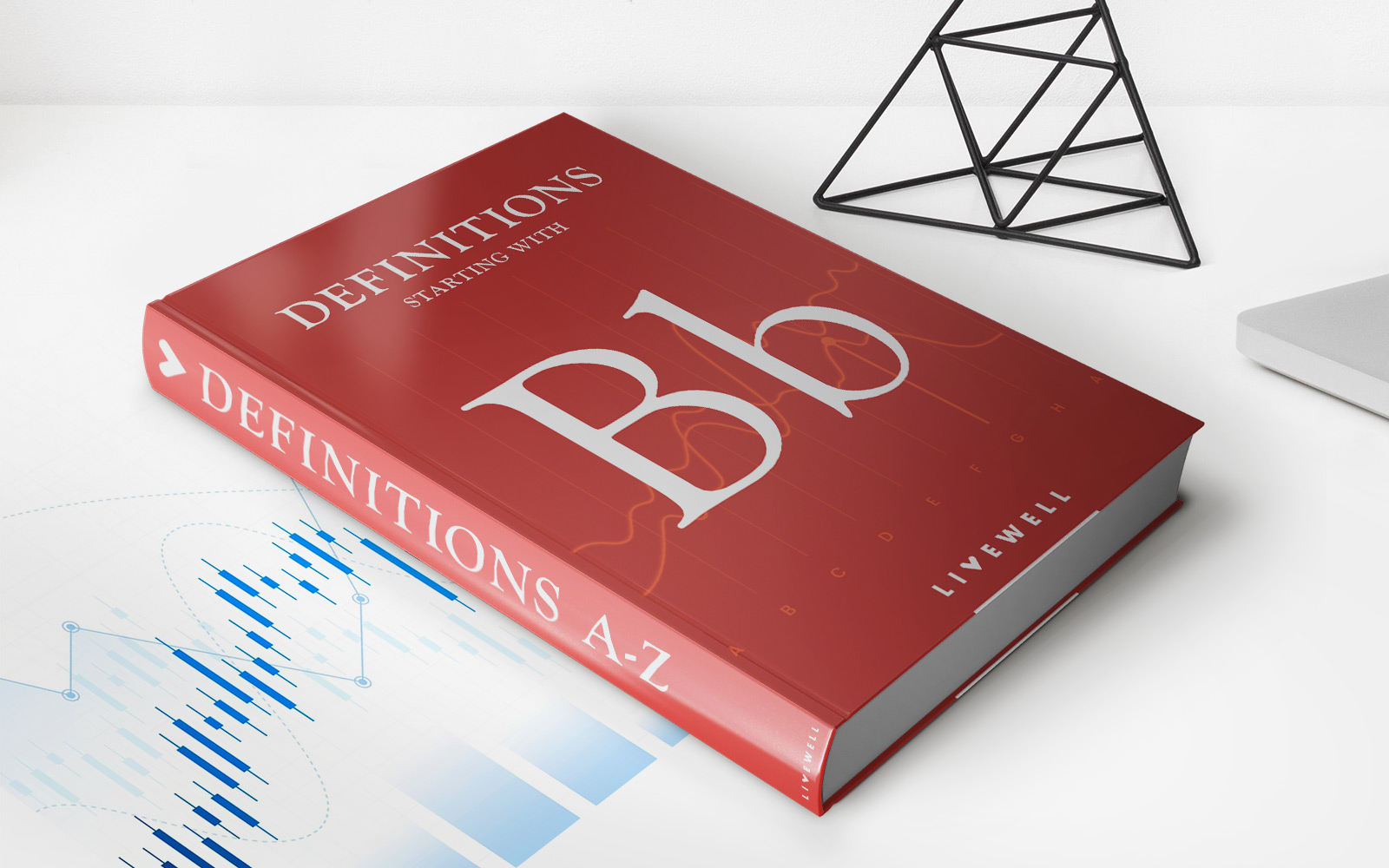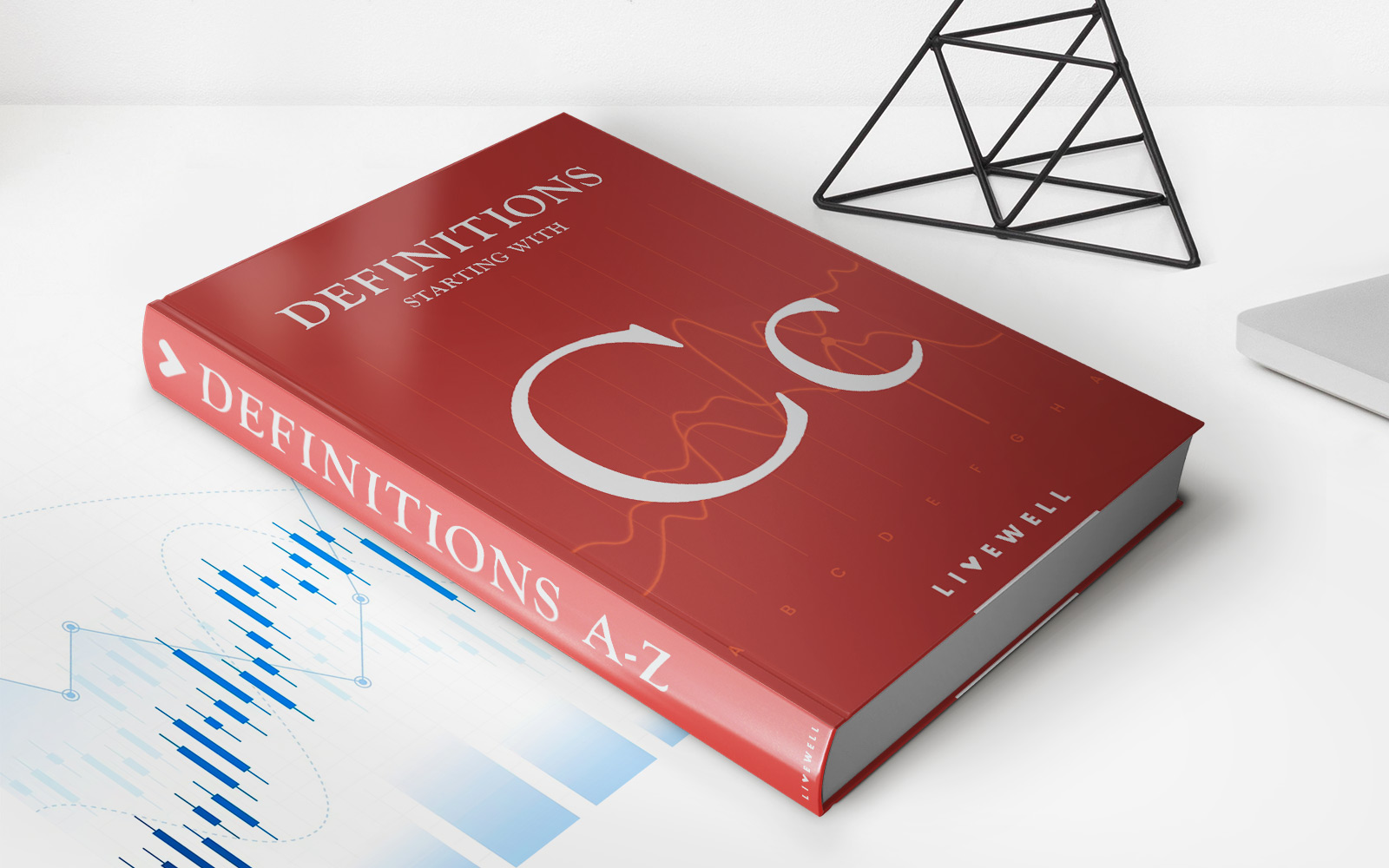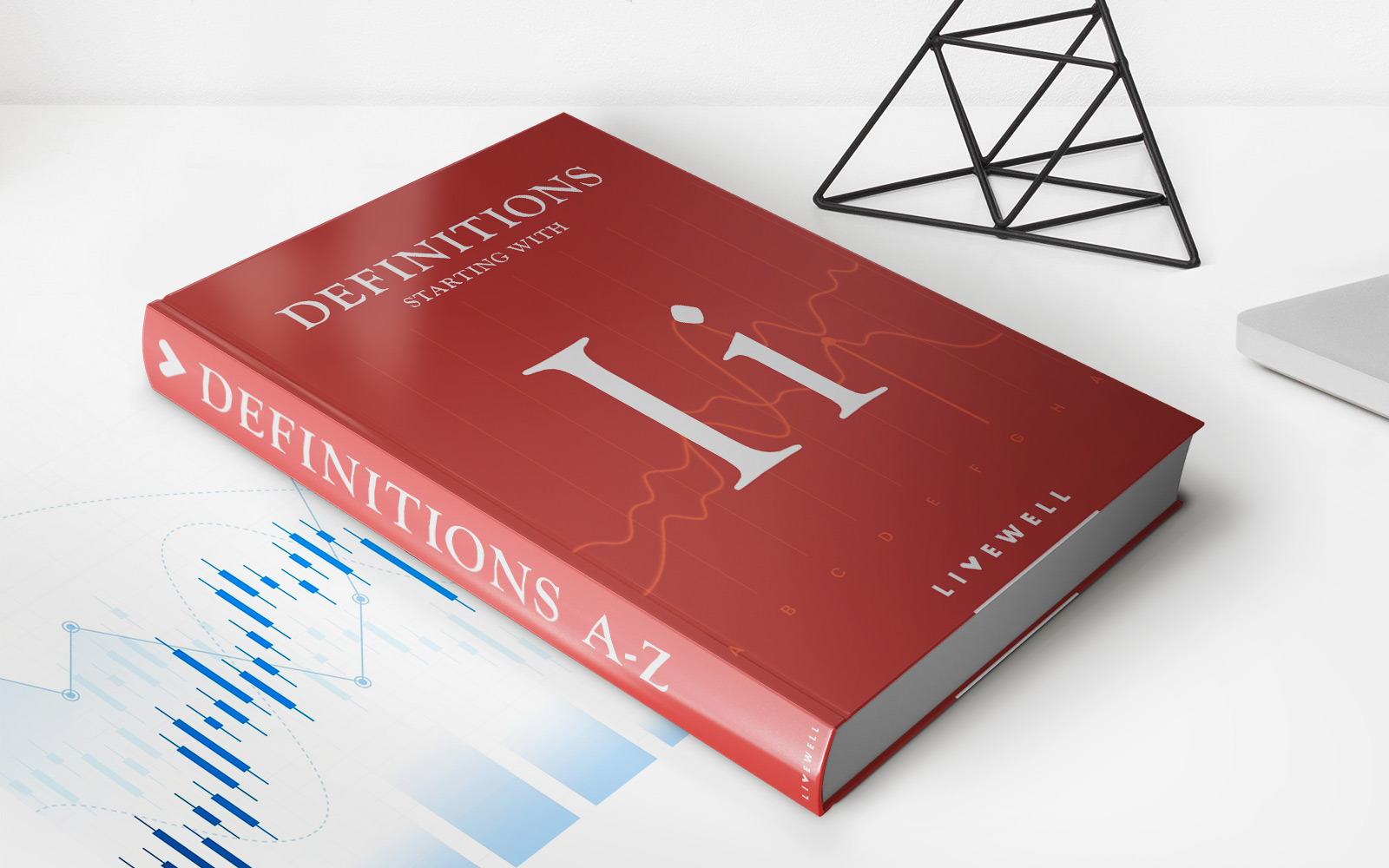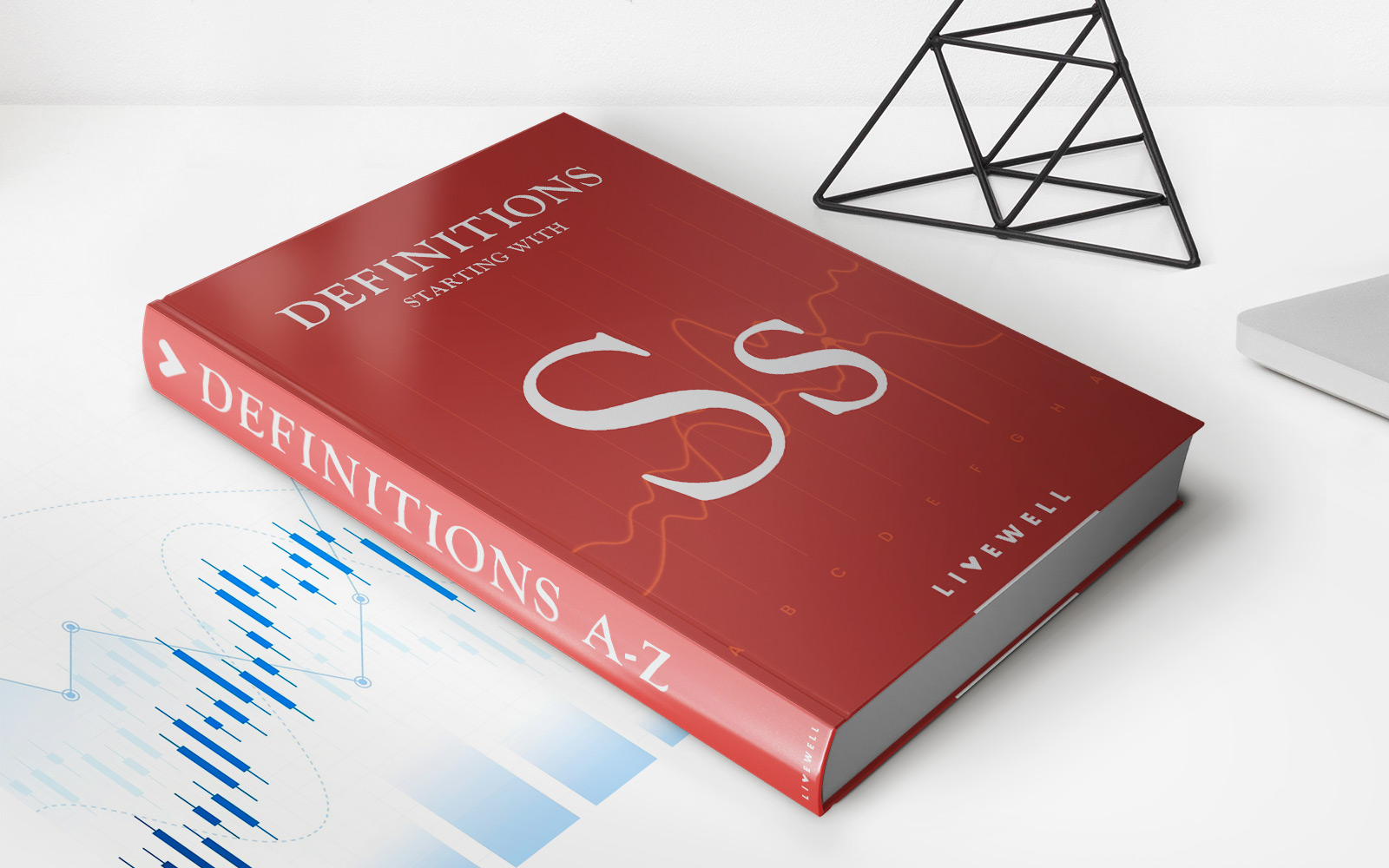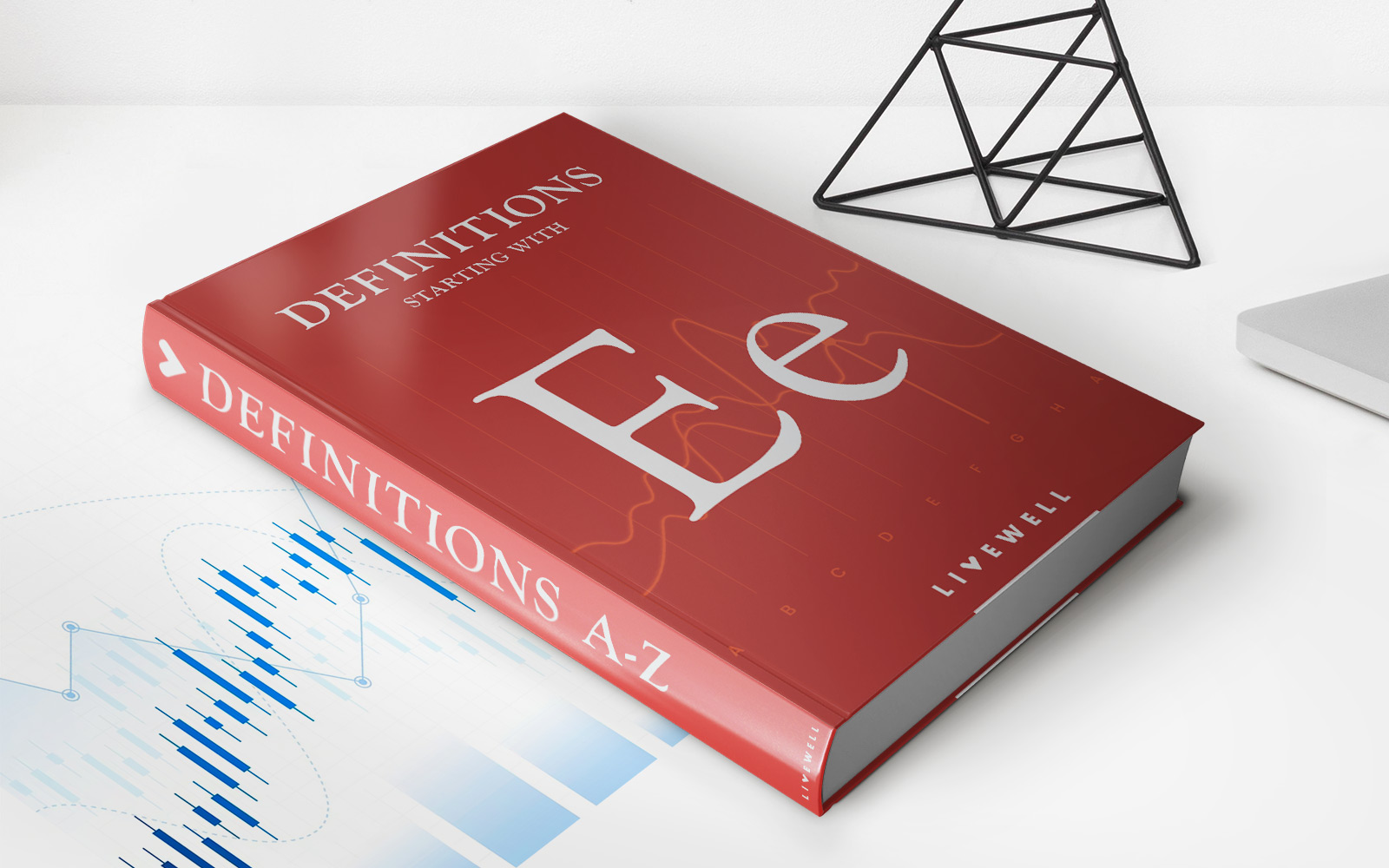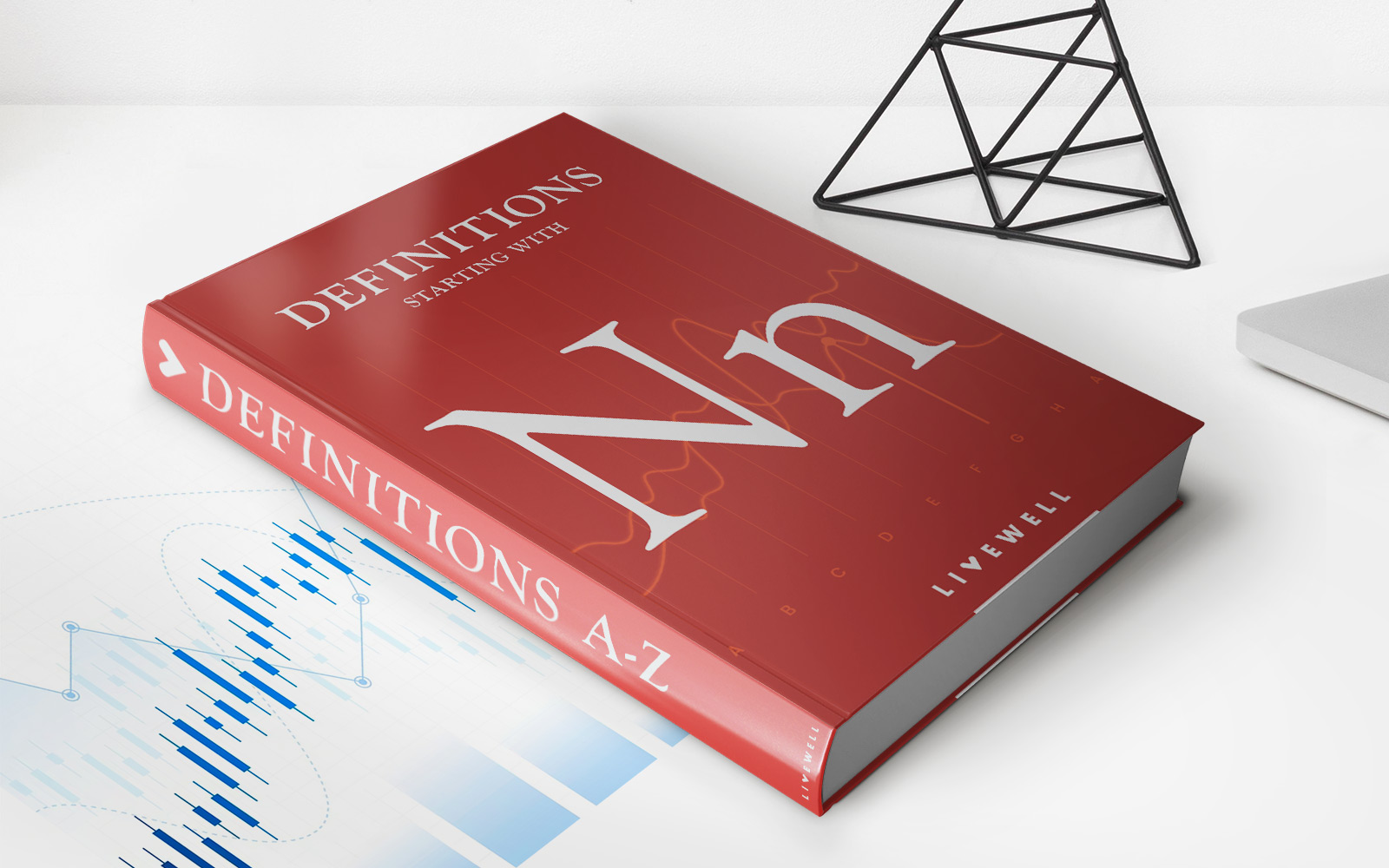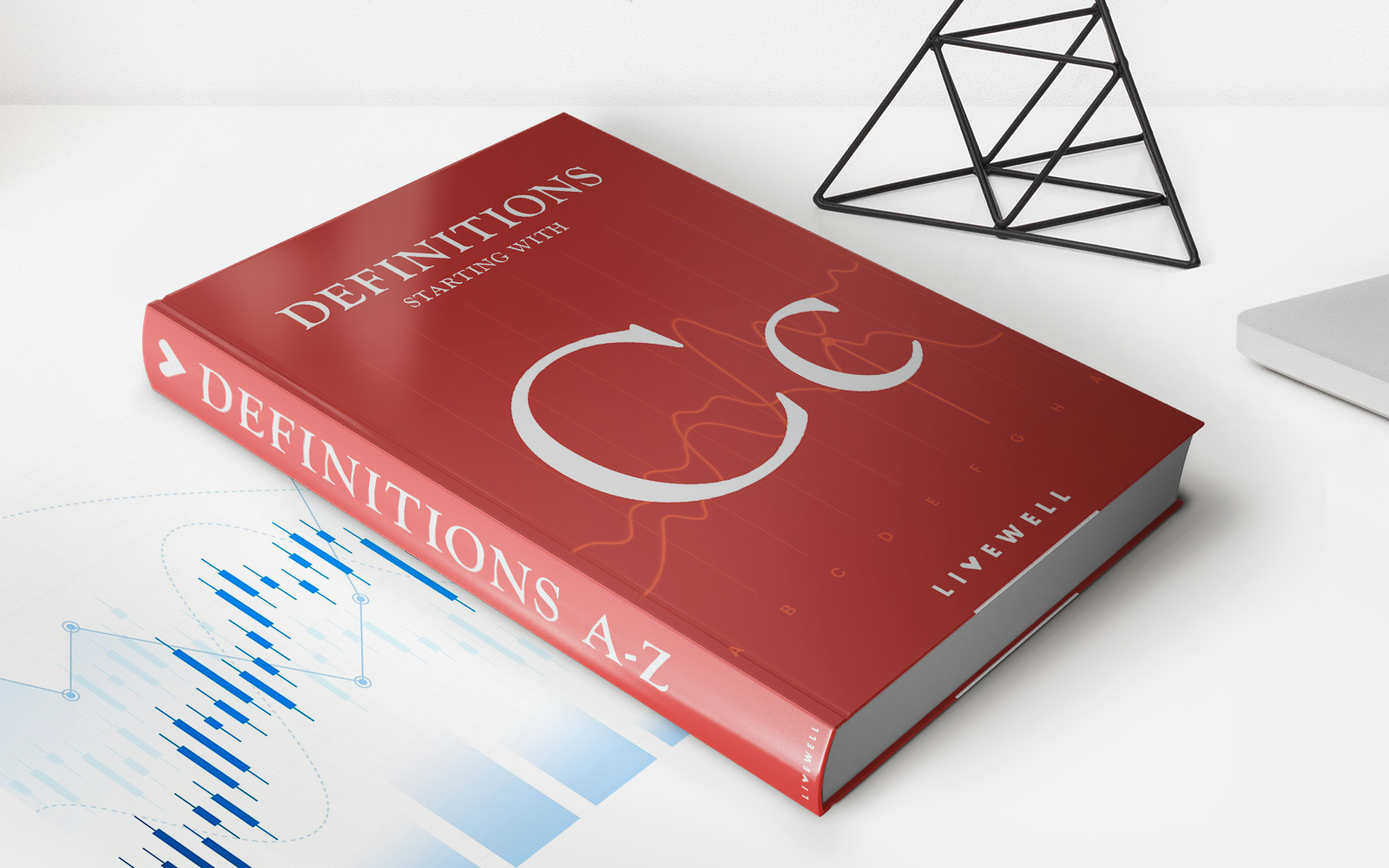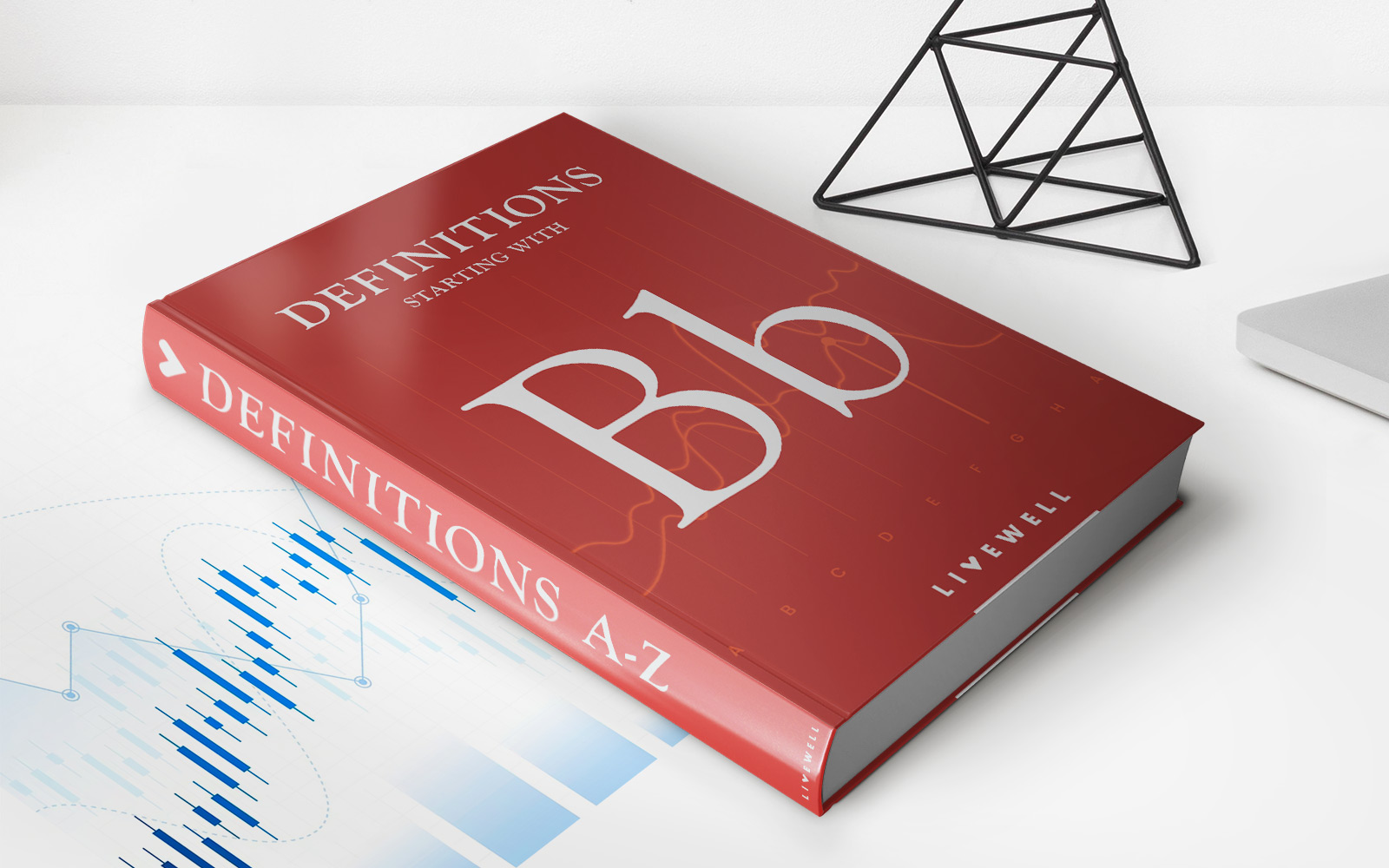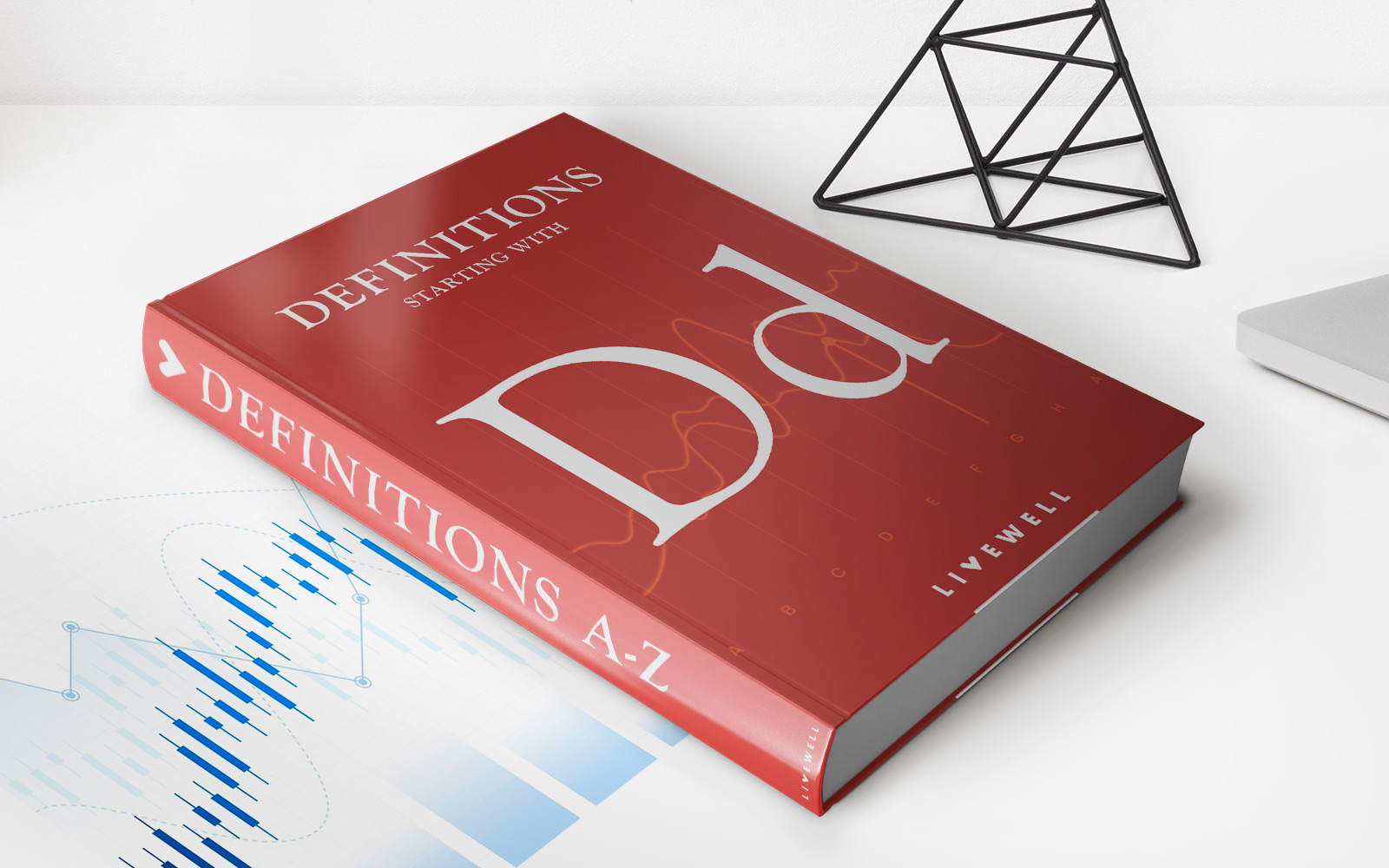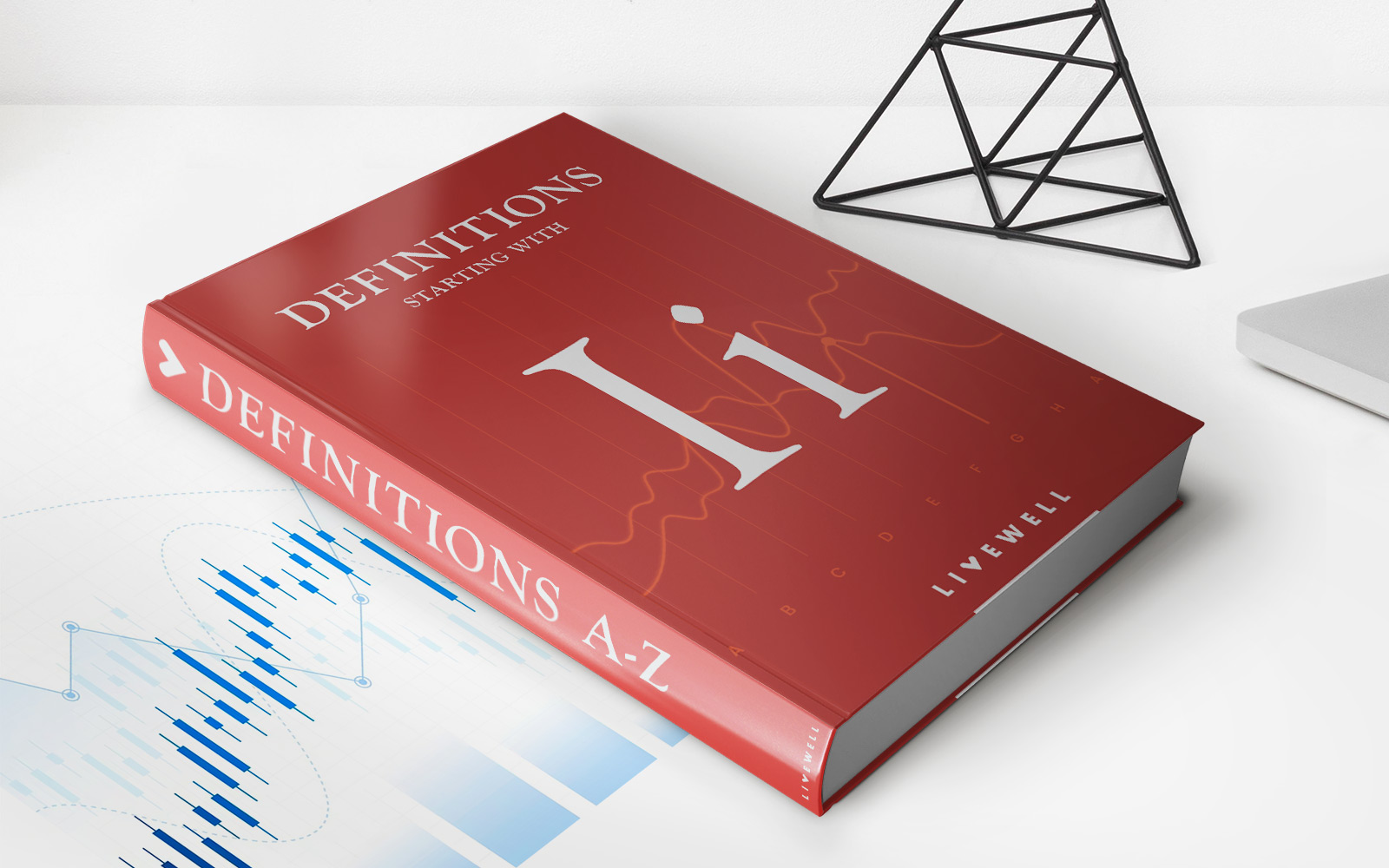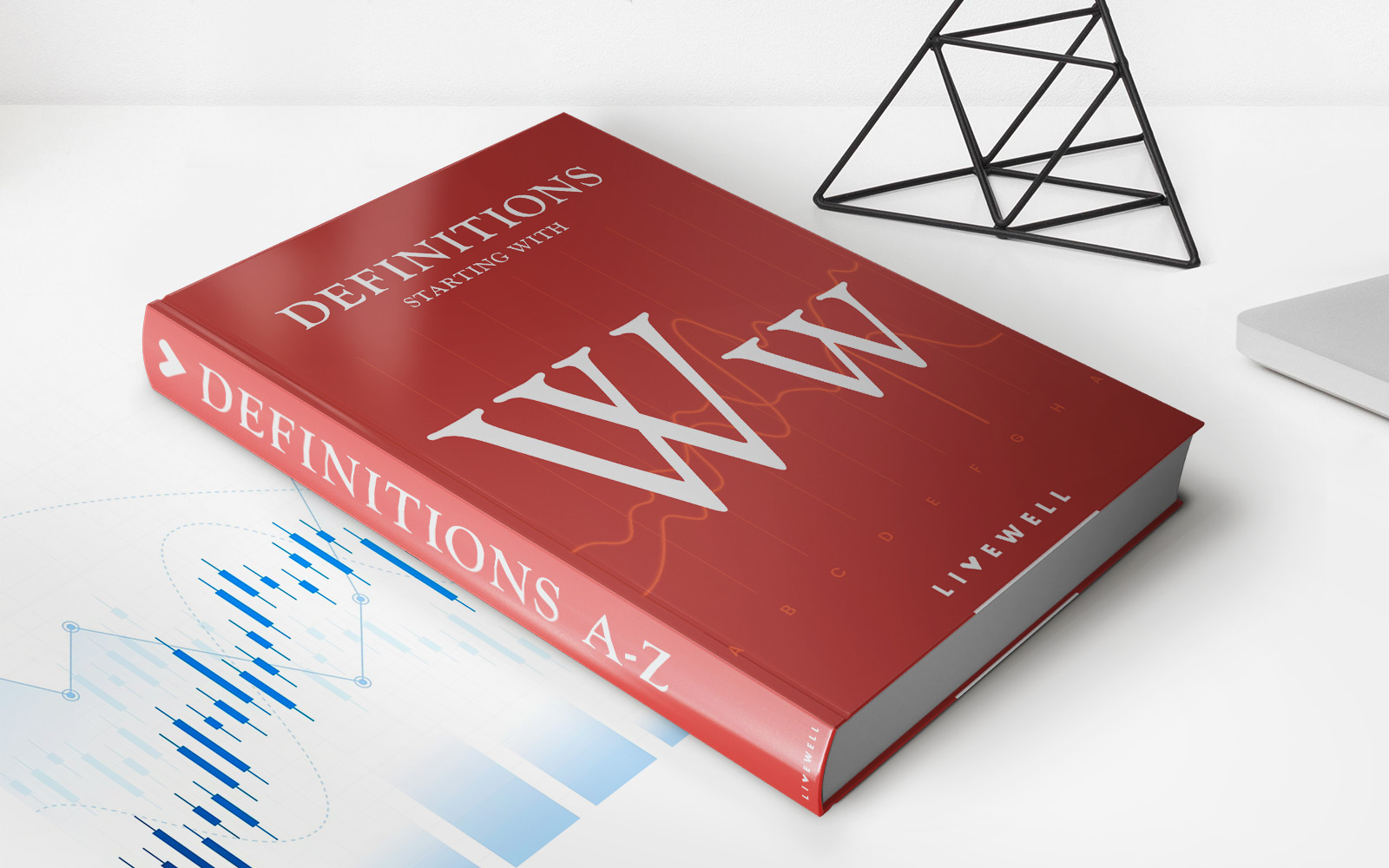

Finance
Workable Indication Definition
Published: February 19, 2024
Get a clear understanding of the definition and application of workable indications in finance. Explore how workable indications can help in making informed financial decisions.
(Many of the links in this article redirect to a specific reviewed product. Your purchase of these products through affiliate links helps to generate commission for LiveWell, at no extra cost. Learn more)
How to Workable Indication Definition for Better Financial Planning
When it comes to managing our finances, having a clear understanding of our workable indication is key. But what exactly does workable indication mean? In this blog post, we’ll explore the definition of workable indication in the context of personal finance and how it can help us make better financial decisions.
Key Takeaways:
- Workable indication refers to the amount of money available for spending or saving after accounting for essential expenses.
- Understanding our workable indication is essential for effective budgeting and financial planning.
Workable indication can be defined as the disposable income that remains after deducting necessary expenses from our total income. It represents the portion of our income that is available for discretionary spending, investment, or saving. By having a clear understanding of our workable indication, we can make informed decisions about how we allocate our financial resources.
Here’s how you can workable indication definition for better financial planning:
- Analyze your income and expenses: Start by taking a close look at your income and expenses. Make a list of all your income sources and calculate the total amount you receive each month. Then, create a comprehensive list of all your necessary expenses, such as rent/mortgage, utilities, groceries, transportation, and debt payments.
- Subtract necessary expenses from income: Once you have gathered all the necessary figures, subtract your essential expenses from your total income. The resulting amount will be your workable indication. This is the money that is available for non-essential expenses, savings, and investments.
- Create a budget: With your workable indication in mind, it’s time to create a budget. Allocate your available funds to different categories such as entertainment, dining out, travel, and savings. This will help you prioritize your spending and ensure that you are making the most of your resources.
- Review your budget regularly: Your workable indication may change over time as your income or expenses fluctuate. It’s essential to review your budget periodically to ensure that it aligns with your current financial situation. Adjust your spending and saving habits accordingly to stay on track.
Working with a clear understanding of your workable indication can provide you with financial stability and peace of mind. It allows you to make informed decisions about where your money goes and helps you prioritize your financial goals. By following these steps and consistently reviewing your financial situation, you can pave the way for a more prosperous financial future.
Remember, everyone’s workable indication is unique, and there is no one-size-fits-all approach to financial planning. It’s essential to tailor your strategies to your specific circumstances and goals. Consult with a financial advisor or professional if you need personalized guidance in managing your workable indication.
